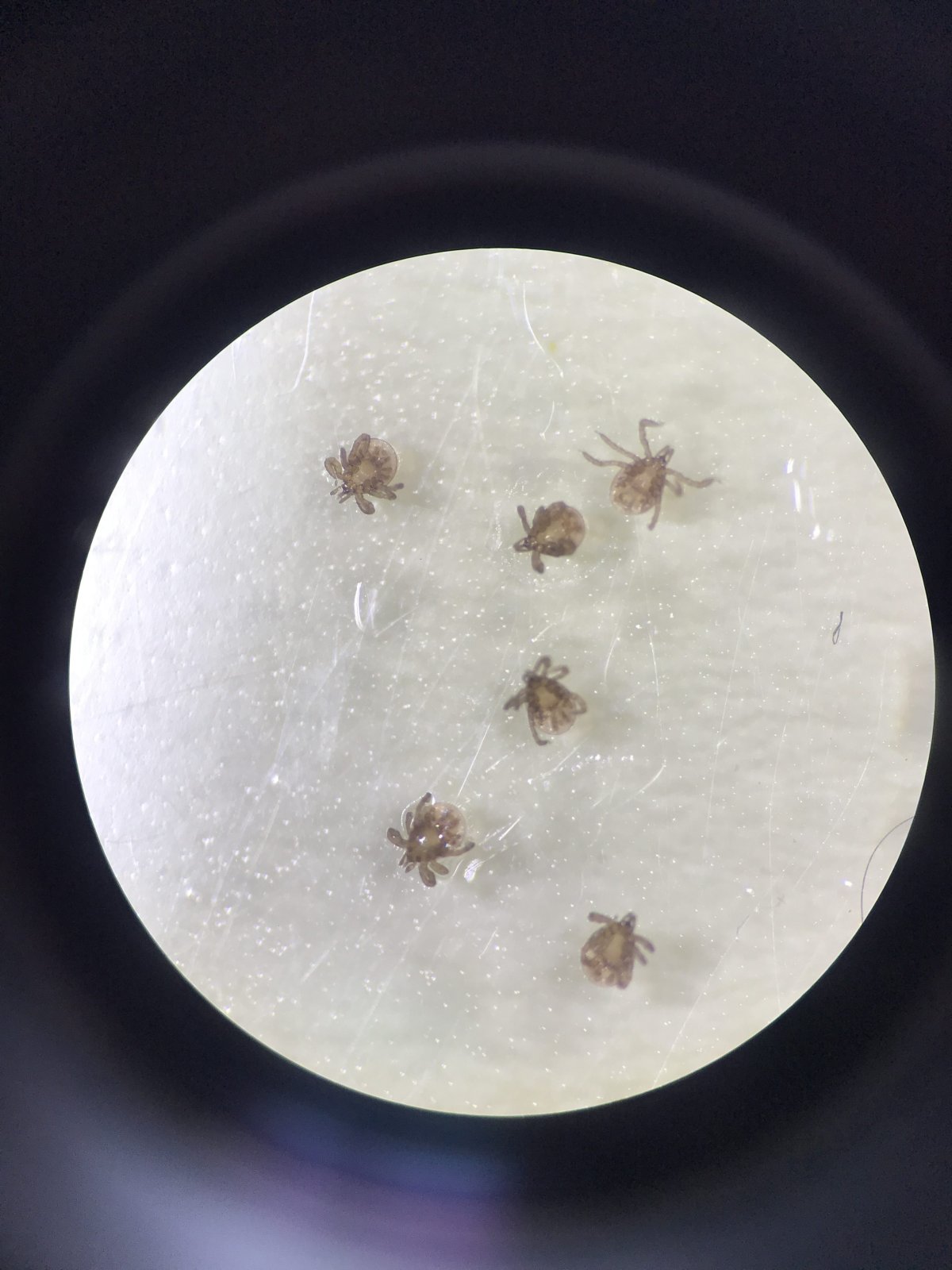A Quebec-based researcher is calling for more comprehensive testing to monitor ticks, noting that pathogens other than Lyme disease are being found in ticks across Canada.

Kirsten Crandall is a PhD candidate at McGill University, and says one pathogen, Babesia odocoilei, is being found in animals like elk and deer in Saskatchewan.
Crandall said that pathogen, as well as another, Rickettsia rickettsii, are being found outside their historical geographical region.
“The reason why these two pathogens are especially important, the Babesia pathogen can actually cause babesiosis, which is a disease that humans can contract. And then Rickettsia can cause Rocky Mountain Spotted Fever (RMSF), which is also another disease which humans can contract,” Crandall said.
She said their study, brought together with findings from McGill University and the University of Ottawa, found these diseases in ticks and small mammals, but said there’s potential for them to spread to people.
The Centers for Disease Control and Prevention (CDC) describes babesiosis as a disease caused by microscopic parasites that infect red blood cells.
It notes that it’s normally found in small mammals, but there have been a few cases found in people.
Symptoms of babesiosis include a fever, chills, headache, sweats, body aches, loss of appetite, nausea or fatigue, with the CDC adding that it could be severe or life-threatening for people with pre-existing health conditions.
RMSF is described as a serious tickborne illness that can be deadly if not treated early.
The CDC lists symptoms of RMSF like a fever, headache, rash, nausea, vomiting, stomach pains, muscle pains and lack of appetite.
Long-term health problems could lead to permanent damage like amputation, hearing loss, paralysis or mental disability.
Crandall said the only reason they found these pathogens was through more comprehensive testing, and part of the study is pushing for more monitoring of ticks, adding that they found pathogens not typically seen in Quebec.
“We tested all of the different tick life stages, including larvae, which are not typically tested in surveyance efforts. And we’re testing for additional pathogens, rather than those that are more common.”
She said this study is looking beyond what we typically look for in studies related to ticks.
“If we’re not even aware of where these ticks and these tickborne pathogens are located, how are we able to protect ourselves when we’re going outdoors, or when we’re out enjoying time with others?”
Crandall said we’ve become very aware of Lyme disease, but we don’t know as much about other pathogens that are starting to become much more common in ticks found in Canada.
“If we’re finding concentrations of ticks with these pathogens, then potentially we will start seeing human cases of these diseases.”









Comments